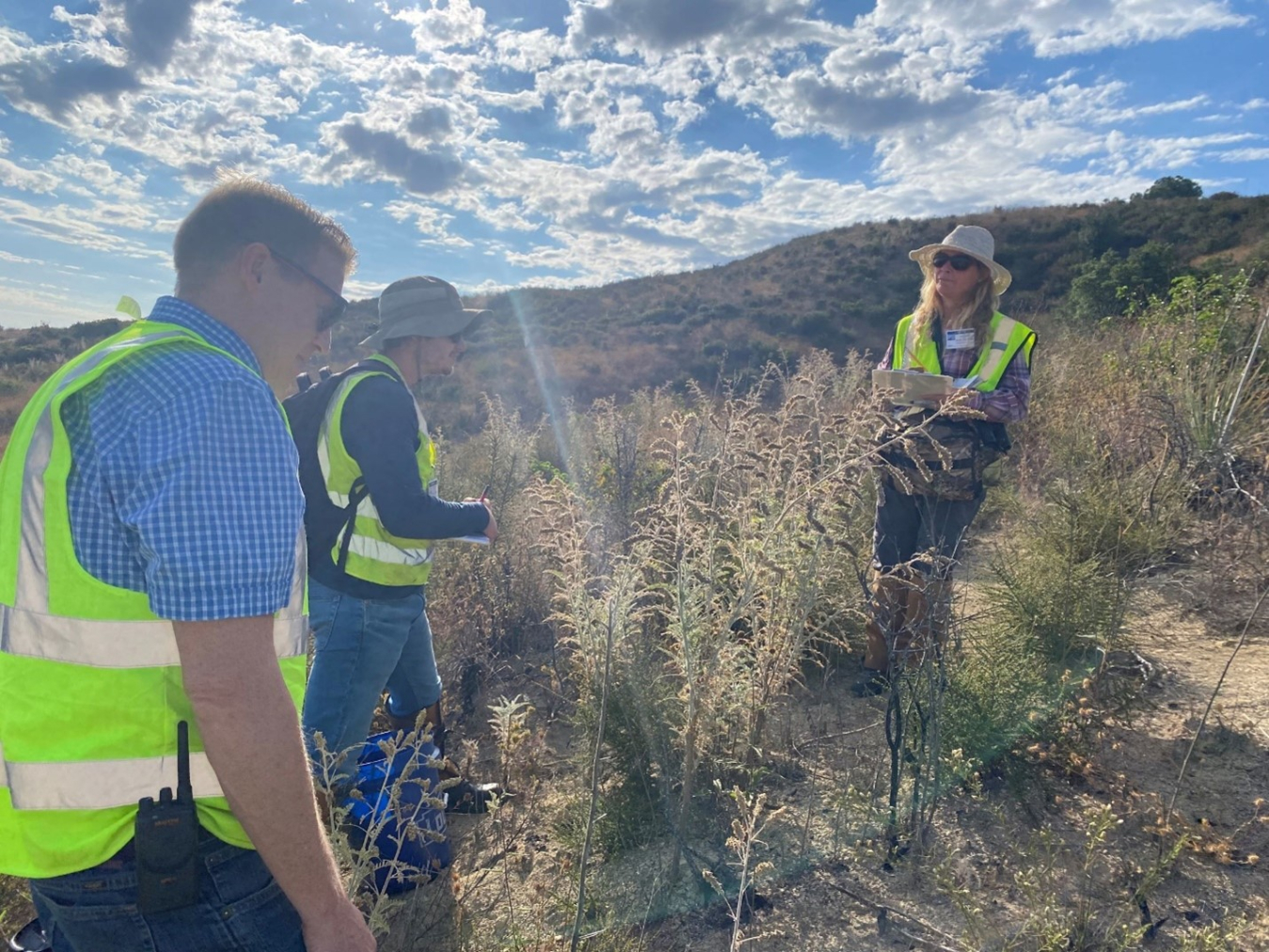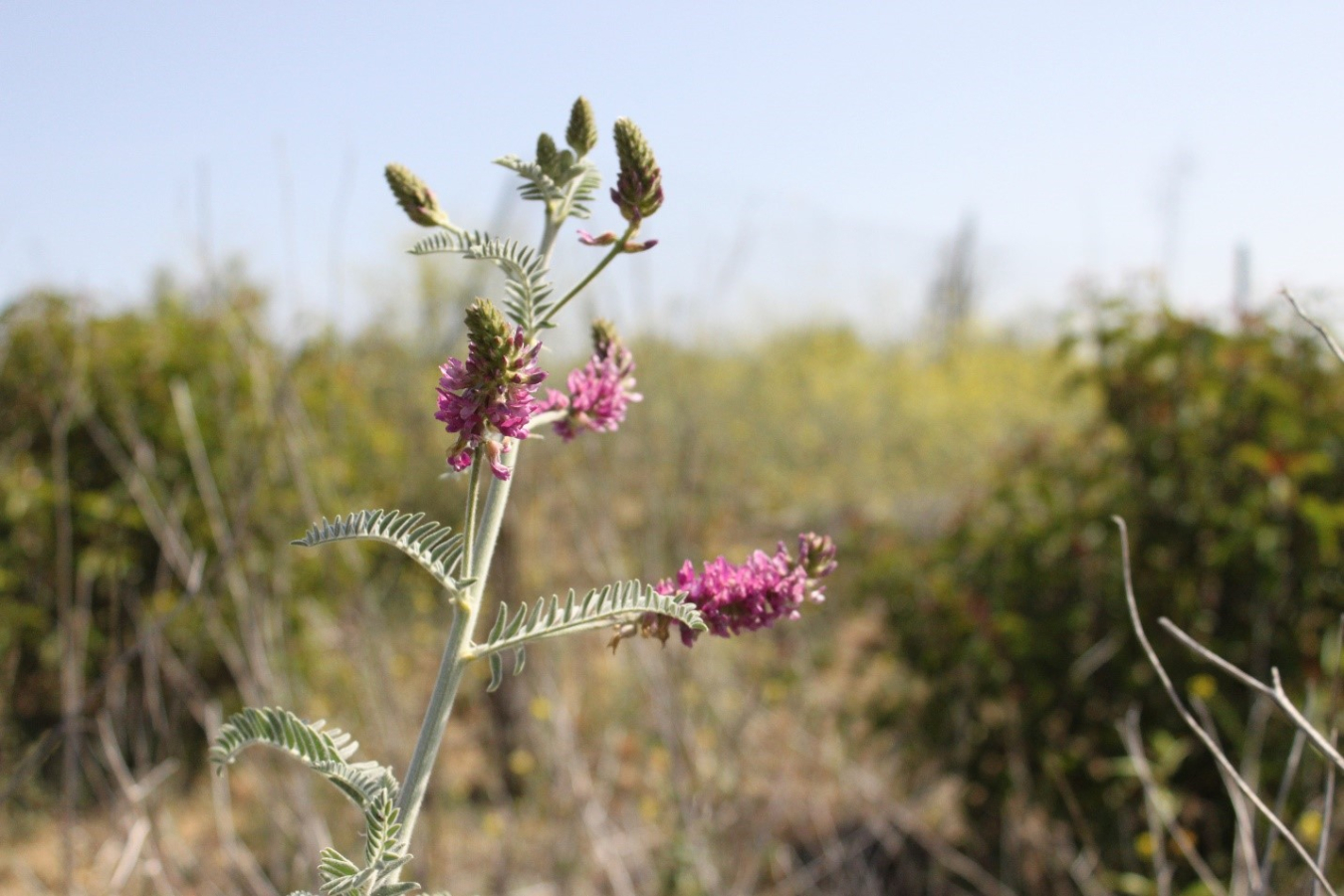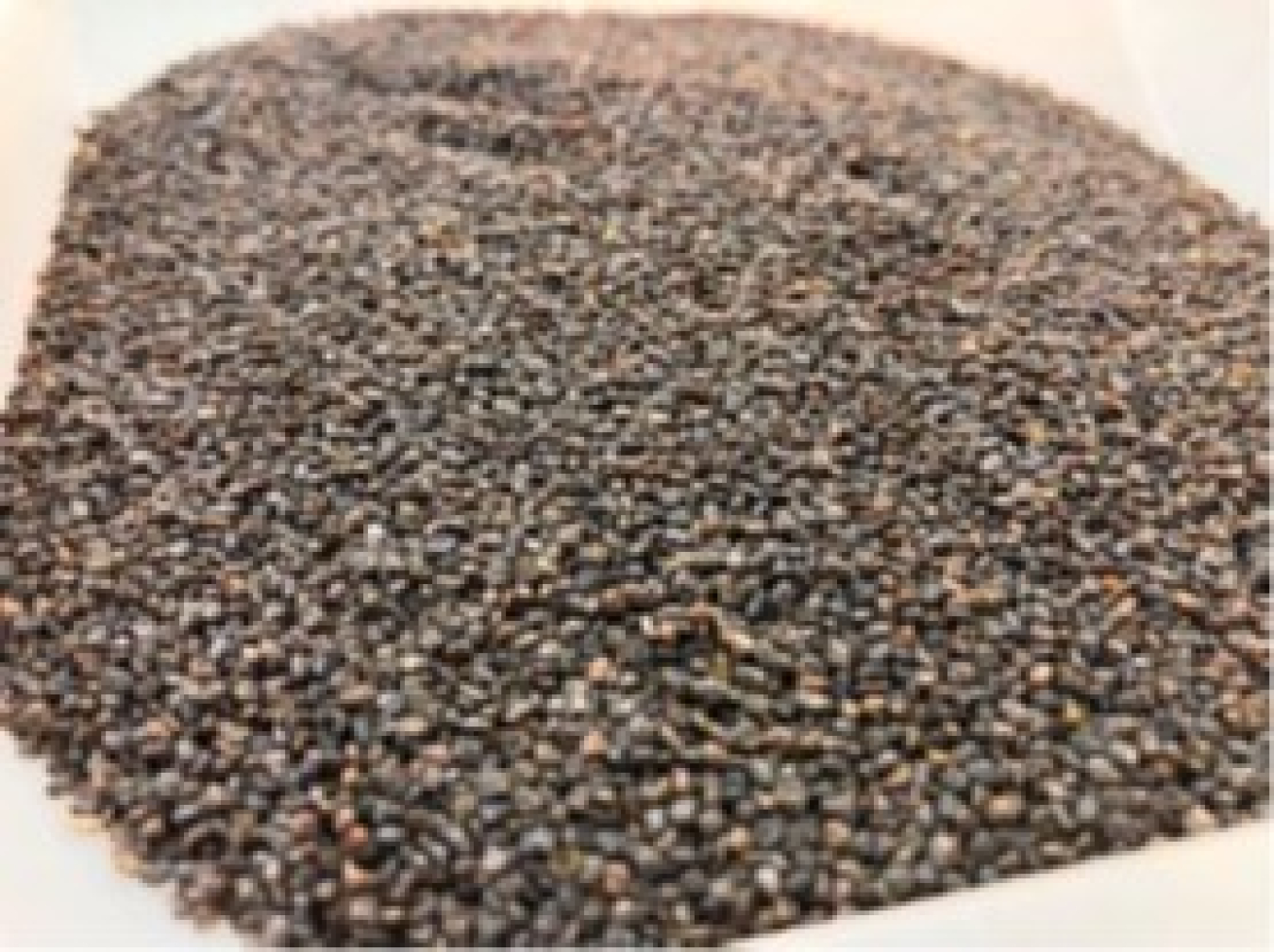EM has partnered with the U.S. Fish and Wildlife Service (USFWS) to preserve Braunton’s milk-vetch, an endangered short-lived perennial plant in the pea family, at the Energy Technology Engineering Center (ETEC) site.
Office of Environmental Management
January 10, 2023
SIMI VALLEY, Calif. – EM has partnered with the U.S. Fish and Wildlife Service (USFWS) to preserve Braunton’s milk-vetch, an endangered short-lived perennial plant in the pea family, at the Energy Technology Engineering Center (ETEC) site.
The preservation effort reflects EM's enduring commitment to protecting the community and environment as part of its broader mission to complete the safe cleanup of environmental legacy resulting from five decades of nuclear weapons development and government-sponsored nuclear energy research. Leaders within DOE, the White House and Congress prioritize the environment and support those who live and work near EM sites.
The Braunton’s milk-vetch’s native habitat includes the Simi Hills in eastern Ventura and western Los Angeles counties, where the Santa Susana Field Laboratory and the ETEC site are located.
The EM and USFWS team collected over 105,000 seeds during a four-day field effort at the laboratory site in July and August to help implement a salvage, propagation and replanting program for Braunton’s milk-vetch. That program will be incorporated into the laboratory’s Revegetation and Habitat Restoration Plan.
In July, the team collected seeds from 50 plants in ETEC’s Area IV, where EM’s cleanup takes place. USFWS recommended a supplemental seed collection to increase the genetic diversity of Braunton’s milk-vetch seeds for long-term storage, so the team gathered seeds from 1,365 plants in August.
USFWS listed Braunton's milk-vetch as endangered in 1997 and designated critical habitat for the species in 2006. Its seeds can lie dormant for long periods, and disturbances such as prescribed burns, wildfires or mechanical disturbances are thought to stimulate germination of Braunton’s milk-vetch.
The species has a lifespan of two to five years, and a given population may be visible only once in 20 to 50 years or longer. When Braunton’s milk-vetch germinates in an area following disturbance, or if such germination is anticipated, the USFWS recommends steps — such as the recent seed collection efforts at ETEC — be taken to manage the germinated plants and the habitat to conserve the seed bank that will be formed when the plants complete their life cycle.

In spring 2019, many Braunton’s milk-vetch plants germinated following a wildfire the year prior that provided suitable conditions in Area IV for Braunton’s milk-vetch. Approximately 13,300 plants were recorded across ridgetops and steep slopes, and into the valley bottom.
By 2022, roughly 1,415 of the plants were still alive, many with an abundance of flowers. But the decrease in their population suggests they are nearing the end of their lifespan at the laboratory. Animals, mainly deer, had grazed on over 80% of the plants, and only a handful of newly emergent ones were observed that year.
The Braunton’s milk-vetch population at the laboratory is one of the few remaining occurrences not identified in the California Natural Diversity Database reports as being vulnerable to encroachment. More than half of the known populations of the species are at risk from threats such as urban development.
At over 30,000, the laboratory has had the highest number of the plants reported. The next highest occurrence was 5,092 plants recorded in Black Star Canyon, Orange County. Of the six USFWS-designated critical habitat units in southern California for Braunton’s milk-vetch, Area IV has by far the largest population size.

The EM-USFWS team sent the Braunton’s milk-vetch seeds to the California Botanic Garden for processing and storage. There, a germination test was conducted with a sample of 50 seeds, and all of them germinated after just one week. Additional testing will occur in the years ahead. Read more about the germination test here.
Over 15,000 seeds were placed in the botanic garden’s Permanent Conservation Collection and over 90,000 seeds were placed in its Temporary Research and Recovery Collection. The permanent collection will be maintained indefinitely at the botanic garden with backup samples sent to the National Laboratory for Genetic Resources Preservation in Fort Collins, Colorado. The temporary collection will be stored at the botanic garden for up to five years, during which seeds may be distributed to EM at any time for reintroduction and restoration efforts at the Santa Susana Field Laboratory.
To receive the latest news and updates about the Office of Environmental Management, submit your e-mail address.

